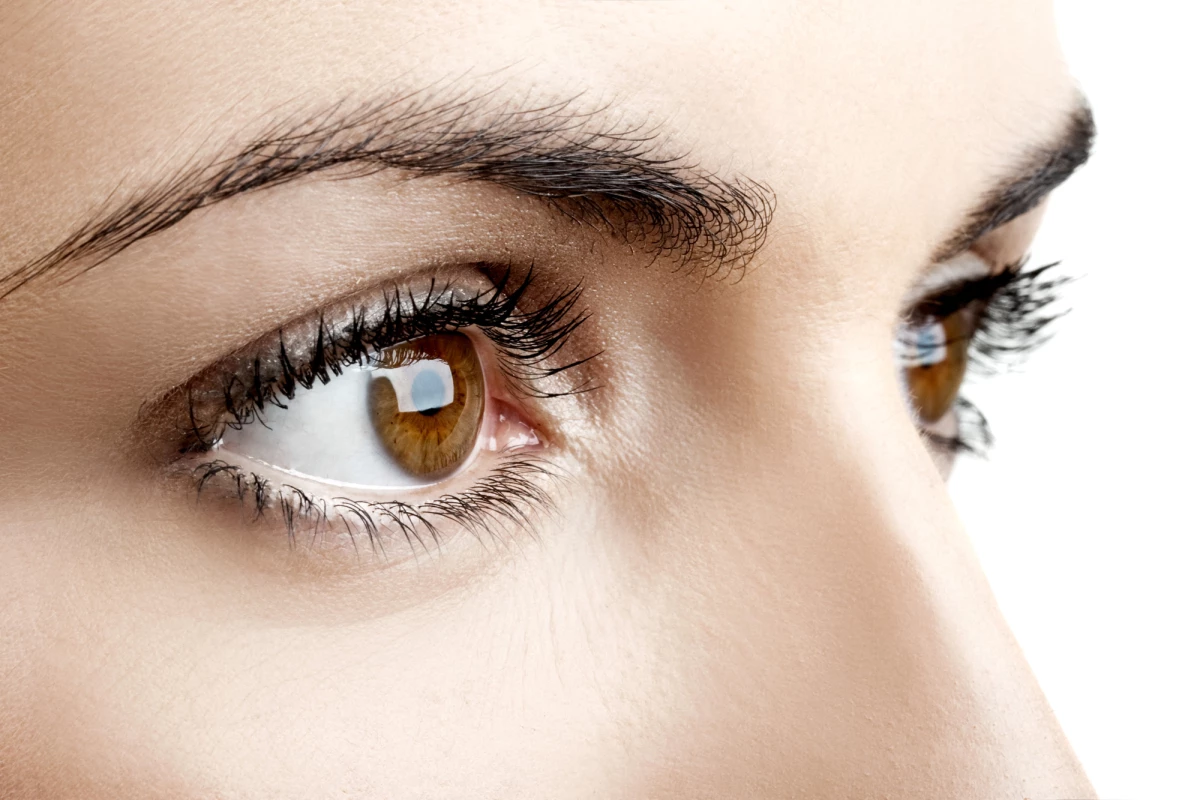One of the ways scientists hope to offer better treatments for vision loss is through gene therapy, where carefully selected genetic material is injected into the eyes to address mutations. Researchers have been left surprised by the effectiveness of an experimental form of this treatment, which involved an injection into one eyeball yet improved vision across both.
Gene therapies have the potential to treat all kinds of health conditions, ranging from cancer, to diabetes in dogs, to obesity and damaged spinal cords. One area where we're seeing some really exciting progress is in hereditary vision loss, with studies demonstrating the potential of gene therapy to treat color blindness, progressive retinal diseases and glaucoma, with some recently receiving approval from the FDA.
This latest study was conducted by scientists at the University of Cambridge, the University of Pittsburgh and Paris’ Institut de la Vision, and focuses on a form of inherited vision loss called Leber hereditary optic neuropathy (LHON). This affects around one in 30,000 people and usually occurs in young folks aged in their 20s and 30s, destroying their retinal ganglion cells and in turn the optic nerve. Once the condition takes hold, vision can deteriorate to the point where the subject is considered legally blind in just a matter of weeks, with recovery occurring in less than 20 percent of cases.
The majority of patients suffer from the same mutation affecting the MT-ND4 gene, so the researchers were hopeful of targeting this mutation as a way of improving treatment outcomes for sufferers of LHON. They trialed their gene therapy as part of a study involving 37 patients who had suffered vision loss in the preceding six to 12 months. This meant injecting a viral vector packed with a modified complementary DNA called rAAV2/2-ND4 into the vitreous cavity at the back of just one eye, with a sham treatment injected into the other eye.
“We expected vision to improve in the eyes treated with the gene therapy vector only,” says study author Dr Yu-Wai-Man. “Rather unexpectedly, both eyes improved for 78 percent of patients in the trial following the same trajectory over two years of follow-up.”
To investigate the reasons behind this unexpected outcome, the team studied the gene therapy’s effects in macaques, which have a similar vision system to humans. This enabled them to analyze the tissues from different parts of the eye to see how the viral vector DNA had spread. This provided evidence of “interocular diffusion,” with the viral vector DNA turning up in the retina, optic nerve and anterior segment of the untreated eye.
“As someone who treats these young patients, I get very frustrated about the lack of effective therapies,” says senior investigator Dr Sahel, from the University of Pittsburgh. “These patients rapidly lose vision in the course of a few weeks to a couple of months. Our study provides a big hope for treating this blinding disease in young adults.”
The research was published in the journal Science Translational Medicine.
Source: University of Cambridge




